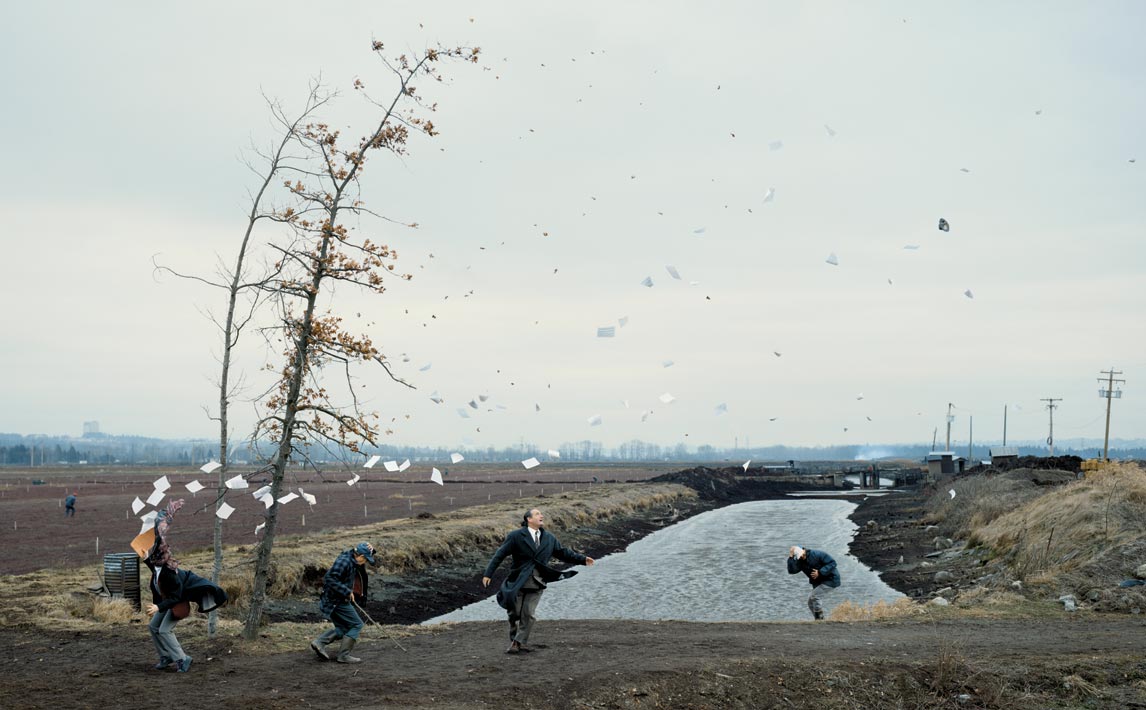In this post I’ll be exploring at least two photographers, that explore the theme of family. I’ll also be analysing some of their best images and commenting on compositional elements, the aesthetical components and others.
The first artist that I’ll look at is Larry Clark and seconds Sally Mann. Both of these photographers were mentioned in my previous post ‘film notes on family’. They both have very different styles, which can be seen in their work.

Larry Clark has got a very specific style in which he photographs family. His photography is described as Confessional. Confessional work is very personal and shows honesty. It’s also referred to as a diary. Clarke’s an insider and not an outsider, which gives him a great opportunity. The audience truly gets a feel for what it’s like to be in his family.
Growing up in a very poor environment, his mannerisms and behaviour were affected by this. He was always surrounded by junkies, hustlers and alcohol users. He quoted: Once the needle goes in, it never comes out’. Clark displayed a risky and shocking exhibition called ‘Tulsa’, which is where I got these images from. Some may say that it’s an exploitation. Most of these pictures were black and white, so this gives it a different ambience.

I think that this picture above is very deep. I believe that there is a lot of meaning to it. Clark’s captures a very chaotic and busy family scene. The trio in the bathroom seem to have chill expressions, yet their body language says differently. Also, the small child leaning against the wall, seems very stressed. The way she’s crutching the doll or baby shows that she might be scared. There seems to be a very good contrast here. The bright white wall separates the outer shadows in this image. There is also a man smoking a cigarette. For me this picture communicates a very distraught and bad environment. It may be unstable to have a child there, and it appears that they are party-goers that like to have fun.

Moving on, I’ve selected this image from the ‘Tulsa’ series again. This is a particularly famous example of Larry’s many photographs. For me, this whole-body portrait has a certain vibe to it. When looking at this, people could stereotypically assume the following keywords: gang affiliation, danger, self-protection, etc. The black and white tones give this picture a very soft look. Also the face that the man is played perfectly in the middle of the frame is aesthetically good. The rule of thirds are quite well aligned. The mans pose doesn’t necessarily look natural. It’s possible that Clark assigned the man this certain position. Nevertheless, the expression on the males face looks sincere. I think that Larry was trying to show the type of lifestyle that he lives in. The fact that he has a gun says quite a lot, so it may show his struggles and what lead him to that point.

Sally Mann, photographs on a very different way. She photographed in a Collaborative manner. Her and her three children would help her to make these pictures so compositionally beautiful. The people which she collaborated with, had to hold a certain expression, they themselves, had to make the effort. Mann lived on a farm and spent her whole life there. She produced a great variation of family pictures whilst she was there. Sally quoted: “it’s always been my philosophy to try to make art out of the everyday and ordinary…it never occurred to me to leave home to make art.”

In this first image, I can begin to analyse some common features. Mann always seems to photograph in black and white. She includes many sharp and soft contrasts which may have been created with natural light, since they’re outside.
To me, her photographs look very natural, yet also well planned out. Her family portraits have a professional look to them. The expressions on the members faces are distinct and look honest. Sally said: “Every image is in some way a ‘portrait’, not in the way that it would reproduce the traits of a person, but in that it pulls and draws, in that it extracts something, an intimacy, a force.”
Aesthetically, and this applies to both images, I think that Mann captures the true essence of natural moments. She manages to catch beautiful snippets, which are taken just at the right time. Her family has quite symmetrical faces. This is seen as attractive, on an international level, therefore her images work well. Although these pictures have been taken outside, there seems to be a very soft bounce of highlights. All of these elements add up to create an aesthetically pleasing image. Mann stated: “ If I could be said to have any kind of aesthetic, it’s sort of a magpie aesthetic—I just go and pick up whatever is around. If you think about it, the children were there, so I took pictures of my children. It’s not that I’m interested in children that much or photographing them—it’s just that they were there…”.

In the second image, a small child is seen laying on a man. She seems to be fast asleep, and the fact that she’s asleep gives her relaxed appearance. The holding of the hands represents love. The angle this is taken from, is quite high up, and it cuts of at her waist. I think that the photographer was trying to show a common situation, which normally happens on summer days, maybe that the child has had so much fun and is now tired, for example. Sally Mann quoted: “Some of my pictures are poem-like in the sense that they are very condensed, haiku-lik. There are others that, if they were poetry, would be more like Ezra Pound. There is a lot of information in most of my pictures, but not the kind of information you see in documentary photography. There is emotional information in my photographs.”

